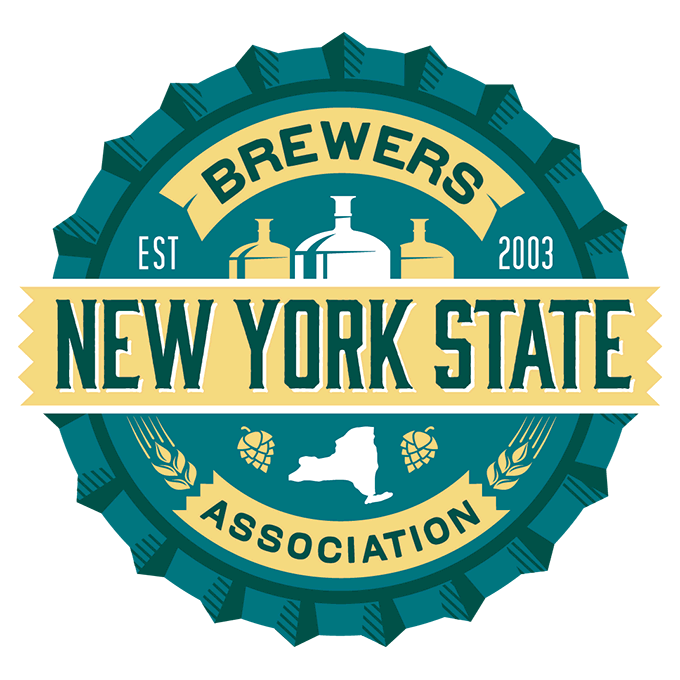
Craft brewers are becoming known as leaders in sustainability. Many of the ingredients used to create craft beer are based on local materials, especially the primary ingredient—water. New York State has an abundance of clean and affordable fresh water. Today, although it may seem that New York State has a copious amount of fresh water, there are many environmental, social and economic factors that may impact the quantity and quality of this resource.
For brewers, water flows through every step of the brewing supply chain and process, from the agriculture fields to the bottling line. In the United States the average volume of water usage for breweries is approximately seven barrels of water for one barrel of beer produced. (See https://www.brewersassociation.org/attachments/0001/1517/Sustainability_-_Water_Wastewater.pdf). In addition to costs associated with water supply, brewers have to manage wastewater effluent and the energy costs associated with heating and treating process-related water.
Therefore, water-use reduction management practices can reduce water supply and wastewater costs, and also be good for the environment.
Craft brewer Jester King is a great example of what some breweries are doing to implement sustainable water use practices. Jester King is “harvesting” rain water for use in the brewing process having installed 3,000-gallon rain water collection tanks and using the rooftops of both the brewery and the 8,000-square-foot beer hall next door to collect an estimated 10,000 barrels of rain water annually for its use in brewing. Through innovation, creativity, education, and navigating some regulatory “hurdles,” Jester King has found a way to implement sustainable water use practices.
According to the Brewers Association, it is necessary to set goals and targets to drive a continuous improvement water use reduction program. For example, the New Belgium Brewing Company set a 2015 water use target of a 3.5 to 1 ratio and has defined water stewardship as responsible consumption through minimizing waste and protecting watersheds.
The Brewers Association suggests that to implement a good starting point for evaluating an effective water use conservation program, the following five questions should be answered:
The Brewers Association published a Water and Wastewater: Treatment/Volume Reduction Manual that provides a number of “Best Practices” and Case Studies that can be very useful. The Manual provides insight for practical applications and/or solutions as well as “creative” ideas. Additionally, the Manual includes numerous resources and references that are invaluable. Check out the Manual and see how you can implement sustainable water-use practices in your brew!
